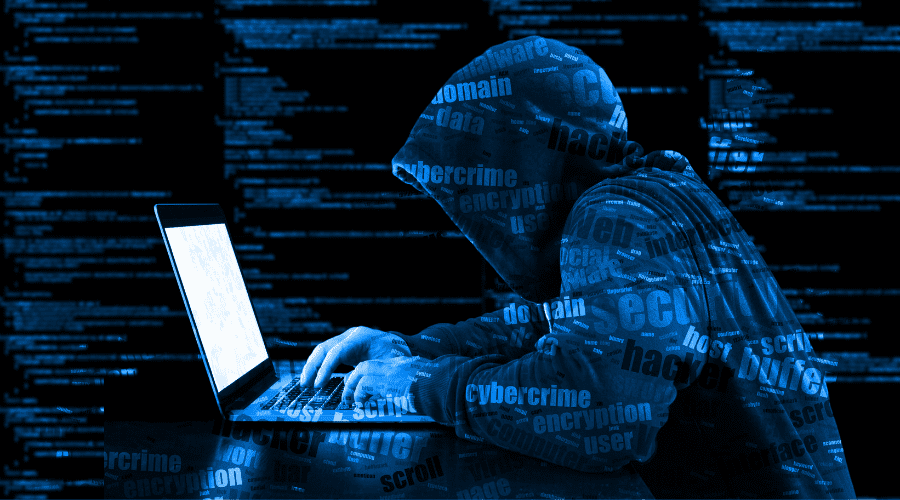In today’s digital age, it’s essential to have a robust cybersecurity strategy in place to protect your business from cyber threats. As businesses rely more on technology, cyber threats are becoming more frequent and sophisticated. A single breach can cause significant damage to your business, including financial loss, reputational damage, and loss of customer trust. In this article, we’ll explore some of the best practices for cybersecurity to help you protect your business from cyber threats.
Keep software up to date
One of the easiest ways to protect your business from cyber threats is to ensure that all software, including operating systems and applications, is up to date. Cybercriminals often exploit vulnerabilities in outdated software to gain access to your systems. Regularly updating software will ensure that any known vulnerabilities are patched, reducing the likelihood of a successful attack.
Use strong passwords
Weak passwords are easy for cybercriminals to crack, making them a popular target for attacks. It’s essential to use strong, unique passwords for all accounts, and to avoid using the same password across multiple accounts. Consider using a password manager to create and store strong passwords securely.
Implement multi factor authentication
Multi Factor authentication (MFA) adds an extra layer of security by requiring users to provide additional authentication factors, such as a code sent to a mobile device or a fingerprint scan, before gaining access to an account. Implementing MFA can significantly reduce the risk of a successful cyberattack.
Educate your employees
Employees can be a weak point in your cybersecurity strategy, as cybercriminals often use social engineering tactics to trick employees into providing access to sensitive information. It’s essential to educate employees about cybersecurity best practices, such as identifying phishing emails and avoiding the use of public Wi-Fi networks.
Ransomware attacks mostly happen because employees may inadvertently download malware or click on a phishing email, giving cybercriminals access to the network. Similarly, employees who do not follow cybersecurity best practices, such as using weak passwords or not keeping software up to date, can create vulnerabilities that cybercriminals can exploit. That is why you should have anti-malware software. Anti-malware software is a type of software designed to detect and prevent malware (malicious software) from infecting a computer or network. Malware includes a wide range of malicious software, such as viruses, worms, Trojans, adware, spyware, and ransomware.
Backup regularly
Regularly backing up your data can help you recover quickly in the event of a cyberattack. Ensure that backups are stored securely, preferably in an offsite location, to prevent them from being compromised in an attack.
Monitor for threats
Monitoring for threats can help you identify and respond to cyberattacks quickly. Consider implementing threat detection software to monitor your systems for suspicious activity, and have a plan in place for responding to an attack. If you are a company that stores data of customers in order to serve them better, then you should check for data leakage regularly. In this way, organizations can reduce the risk of data leakage and protect sensitive data from unauthorized access and transmission. It’s important to note that data leakage can have serious consequences, including loss of revenue, legal liabilities, reputational damage, and loss of customer trust. Therefore, it’s critical for organizations to take a proactive approach to cybersecurity and implement measures to prevent and detect data leakage.
Conduct regular security audits
Regular security audits can help you identify vulnerabilities in your cybersecurity strategy before they are exploited by cybercriminals. Conducting an audit can also help you ensure that your security strategy remains up to date with changing threats.
Conclusion
In conclusion, protecting your business from cyber threats requires a multi-layered approach. By following these best practices, you can reduce the risk of a successful cyberattack and protect your business from the damaging effects of a data breach.



































